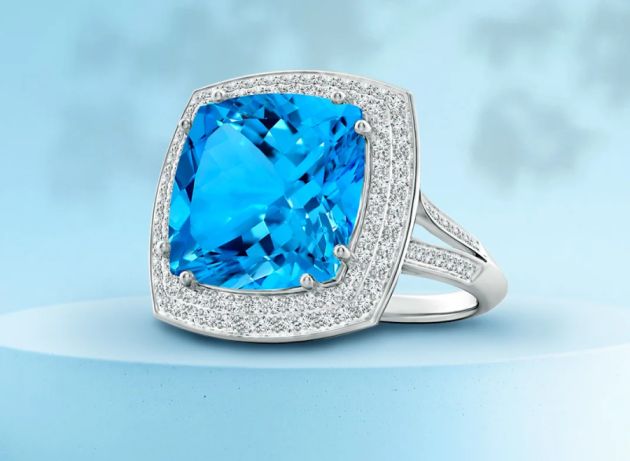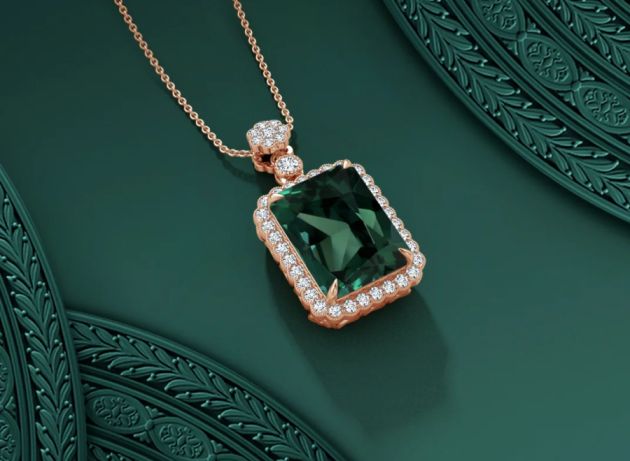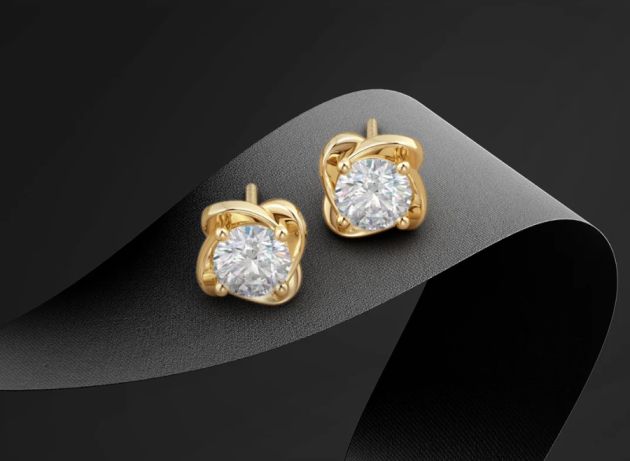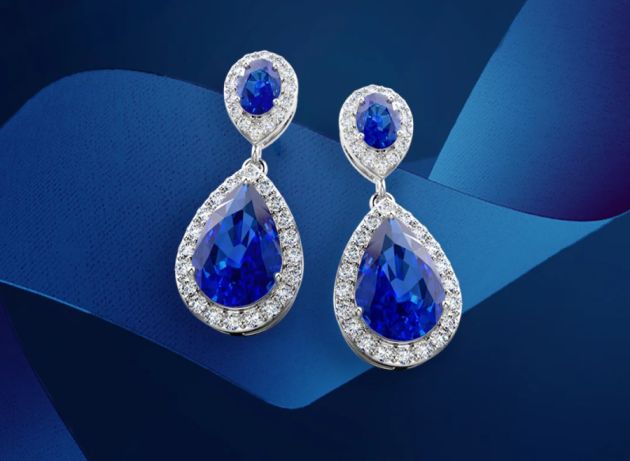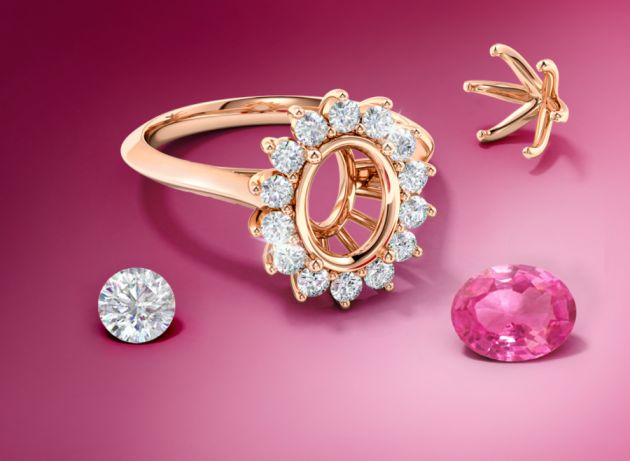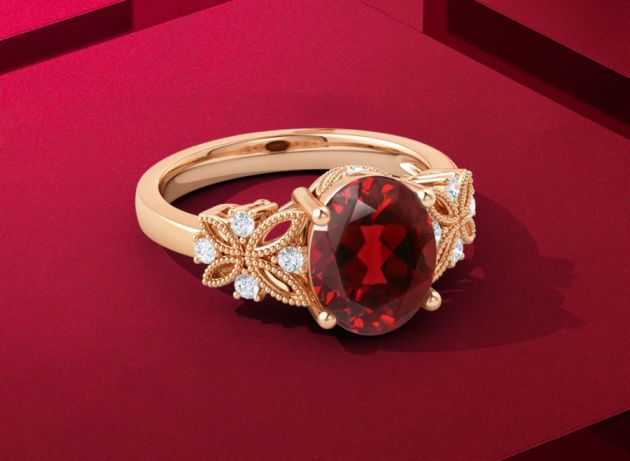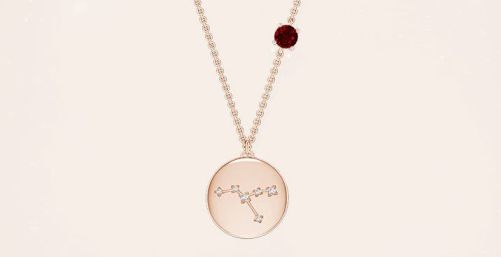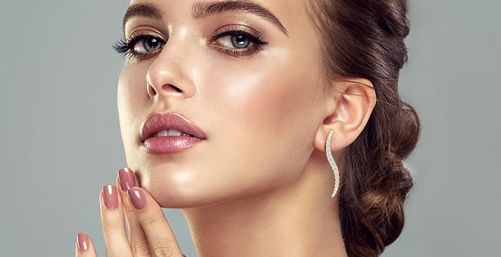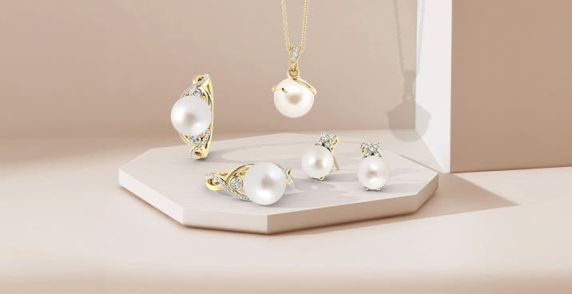The history of coffee diamonds is worth reading if you are a precious jewellery aficionado. Where did they come from and what makes them so coveted…everything will be covered in this insightful blog, so keep reading.
There are many names for diamonds with brownish pigmentation, including chocolate, cognac, coffee, and others. While these indicate some variations in trademarks, they all ultimately pertain to the same kind of diamond. This diamond variety is the most prevalent in nature. And if you look closely at the history of coffee diamonds, they weren’t always consistent, as these diamonds didn’t stay on the highly valued list among other varieties. But these brown beauties are currently among the most exquisite diamonds.
Coffee Diamond History
Brown diamonds were never used in jewellery since they were not considered precious when they were initially discovered. However, the first-time brown diamonds were recognised as gemstones was in the mid-1980s. One of the first businesses to rebrand brown diamonds to improve their popularity was Baumgold Bros, a diamond cutter and importer. Various designations were assigned to multiple colours. Unfortunately, in the 1950s and 1960s, this tactic was only partially successful.
De Beers is also a factor in the appeal of brown diamonds as they focused on exploration, mining, trade, and the production of these diamonds. The international corporation remained in charge of the diamond industry throughout the 20th century. However, they didn’t find a real purpose for brown diamonds in the diamond market because their colour was thought too uneven at a time when colourless diamonds were becoming increasingly fashionable. This led to the shipment of these gemstones for use as abrasive granules in various industrial applications.
Also Read: Brown Diamond: Is it worth buying?

The history of coffee diamonds is nothing short of fascinating. When a considerable number of brown diamonds were discovered at Argyle mine in Australia in the 1980s, they rose in value. The most significant cut and faceted diamond in the world, weighing 545.67 carats, is the golden jubilee Diamond, which was discovered in South Africa in 1985. It is a piece of the Thai royal collection, which is currently on exhibit in Bangkok. As jewellery designers started using brown diamonds in necklaces, rings, earrings, bracelets, and other fine jewellery, people’s perceptions changed significantly. Brown diamonds are now sought after for their rustic, earthy appearance.
- Coffee diamond is one of the first fancy-coloured diamonds to be used in jewellery. According to legend, brown diamonds bind the owner with the natural world. Its earthy tint represents renunciation and is the ideal representation of humility. Brown diamonds are sometimes regarded as symbols of peace, stability, confidence and reliability. They are also said to improve relationships, build inner strength and give the wearer abundance, balance and clarity.
Also Read: Diamond Colour vs. Clarity – Which Is More Important?
Types of Coffee Diamonds in History That You Should Know About
There are three types of coffee diamonds or brown diamonds:
- Champagne
- Cognac
- Chocolate
These are based on colour and colour intensity. So naturally, a stone’s value increases with colour purity and vibrancy.
- Champagne diamonds are brown diamonds with a secondary yellowish tone. This category includes a variety of hues, from delicate dark yellowish brown to sophisticated dark yellowish brown.
- On the spectrum of brown diamond colours, cognac diamonds are on the darker end. They have a powerful colour, resembling the deep, rich shades similar to the colour of cognac. They might also have an orange secondary tone.
- Chocolate diamonds have a much darker hue and are on the darkest end of the brown diamond spectrum.

Also Read: Diamond Depth and Table: Here’s Everything You Need to Know
Let us dispel some intriguing facts about coffee diamonds.
- Brown diamonds are the most prevalent colour variation of natural diamonds, as many mines worldwide produce 15% brown diamonds.
- Coffee diamonds are as genuine as it gets. But unfortunately, many people think these aren’t authentic to their origin.
- Most of them are utilised for industrial reasons, as some people find them less desirable as gemstones because of their brown tint.
- Many people are unaware that they are on the inexpensive side and more affordable than other coloured diamonds.
- Brown diamonds are not considered rare diamonds. However, these gems are widely available and reasonably priced.
- Rose gold metal enhances the appearance of coffee diamonds. The rose gold metal setting gives off a beautiful appearance, and the brown hue stands out well.
Also Read: Discover the Different Types of Diamonds
Coffee Diamond Engagement Rings
Every diamond is beautiful, but when you select a coffee diamond engagement ring , you can be confident that it will leave an impression on everyone who sees it. Choosing a diamond setting can be challenging because there are many things to consider. For example, a brown diamond can look good in a halo setting since the smaller stones around it can be used to bring out the hue. Likewise, a brown diamond can look beautiful in a yellow, rose, or even rose gold ring, while white gold highlights the colour.
When purchasing a coffee diamond, it is crucial to confirm its GIA certification. The diamond’s characteristics are all listed in the GIA certificate. Its precise weight, cut, clarity, colour, and other attributes. Angara has a fine selection of handcrafted and GIA-certified coffee diamond rings. Visit the official website and choose one that fits your style.
Also Read: How Are Brown Diamonds Formed?
Coffee Diamond Uses
- Between the first and third century C.E., rings containing brown diamond stones were created by Roman artisans. At the time, there were no techniques for cutting and polishing diamonds.
- The De Beers corporation exported brown diamonds it mined for use in industry. A lot of them were crushed and turned into granules for industrial abrasives.
- Some of the bigger brown diamonds were selected to create specialized bearings or wear-resistant components since they were free of cracks and impurities that would reduce durability.
- According to historical archives, coffee diamonds were fashioned into wire-making dies as well.

Also Read: How Can You Tell if a Brown Diamond Is Real?
Closing Thoughts
The world of fine jewellery has evolved. While there was a time when people could not think beyond colourless diamonds, rubies, and emeralds, jewellery lovers today love to experiment and pick pieces that resonate with their personality rather than with a fleeting trend. If you love to experiment with jewellery, then you must consider the unique and elegant coffee diamond as it can not only add to your style statement but can make you stand out too.
